|
Reptiles can cause fear or fascination in people. While many assume that desert dunes must contain snakes, there are actually no snakes living in the dunes themselves, and no venomous snakes have never been found in the park or preserve. Relatively few reptiles live in this high-elevation park. While there are no rattlesnakes in Great Sand Dunes National Park and Preserve, they have been observed in some rocky canyons and foothills in the San Luis Valley. Rattlesnakes are infrequently observed along the foothills south of the national park. 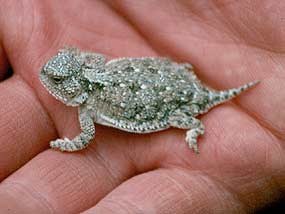
NPS/Patrick Myers Short-horned lizards are hard to see unless they move. Their speckled colors camouflage them, both in sandy grasslands and in fine gravels in subalpine forest. Short-horned lizards at Great Sand Dunes NPP are unique for two reasons. First, they are a dwarfed population. Short-horned lizards in other parts of Colorado and North America can grow up to about 5" (14cm) long; here, perhaps because of higher elevations and/or genetics, they rarely make it to half that size. Second, most short-horned lizards live at lower, warmer elevations in North America. These at Great Sand Dunes have adapted to the short growing season and relatively cooler temperatures of the San Luis Valley. They are frequently observed in open, gravelly areas of the subalpine forest in Great Sand Dunes National Preserve at 9700' (2957m), and one was even found on alpine tundra at 12,000' (3658m)! 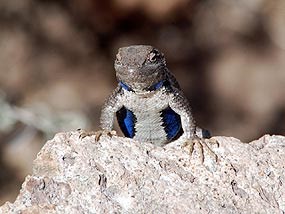
NPS Photo 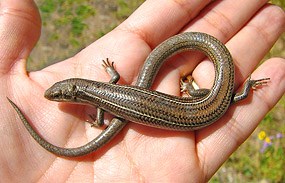
NPS/Phyllis Pineda Bovin 2007 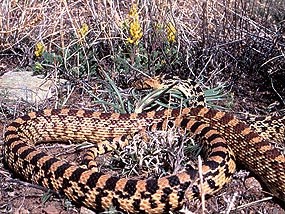
NPS/Great Sand Dunes NPP 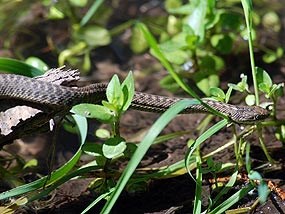
NPS Garter snakes are usually found in riparian areas, but they occasionally wander into grasslands or even the dunefield. Adapted for cold, they have also been observed at 12,000 feet (3,658m) on alpine tundra in Great Sand Dunes National Preserve. They may release a musky fluid if handled, but are otherwise fairly harmless. |
Last updated: May 9, 2025
